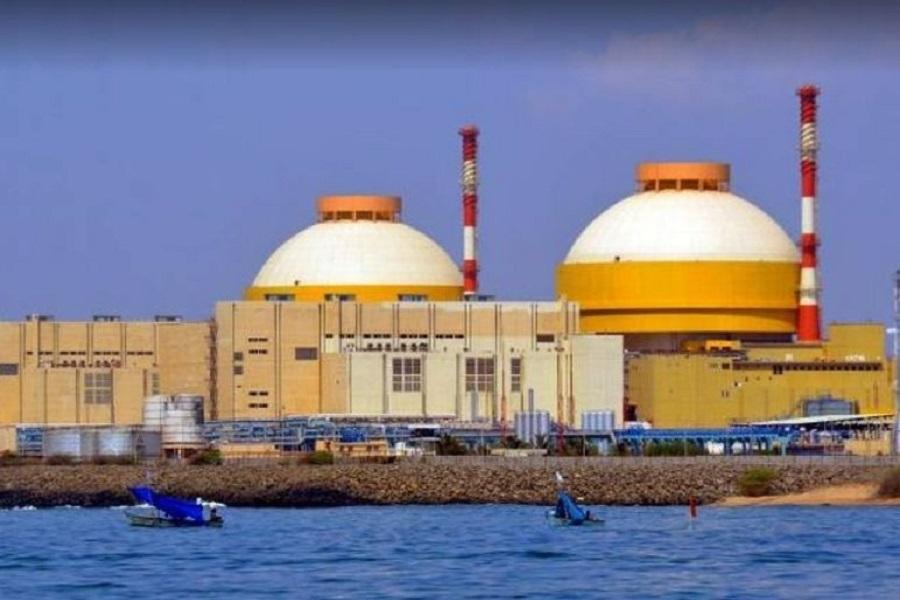
Centre Reviews 100 GW Nuclear Mission to Boost Clean Energy Goals
The Indian government has reaffirmed its commitment to achieving Net Zero emissions by 2070, a goal set by Prime Minister Narendra Modi. To achieve this ambitious target, the Union Power Minister, Manohar Lal Khattar, and the Minister of State for Atomic Energy, Dr Jitendra Singh, recently convened a high-level meeting to review the 100 GW Nuclear Energy Mission. This initiative is crucial in boosting India’s clean energy basket and reducing its dependence on fossil fuels.
The meeting, which follows up on the Prime Minister’s vision, aimed to discuss the progress made so far and outline key directives to achieve the 100 GW target by 2031. The Indian nuclear power sector has been steadily growing over the years, and this mission is expected to further accelerate the momentum.
Why 100 GW Nuclear Energy Mission?
The 100 GW Nuclear Energy Mission is a critical component of India’s plan to reduce its carbon footprint and transition to a low-carbon economy. Nuclear energy is a clean and reliable source of power that can significantly contribute to India’s energy mix. With a growing population and economy, India’s energy demand is increasing rapidly, and the country needs to ensure a sustainable and reliable supply of energy to meet this demand.
The mission is also in line with India’s commitment to the Paris Agreement, which aims to limit global warming to well below 2°C above pre-industrial levels and pursue efforts to limit it to 1.5°C. Achieving Net Zero emissions by 2070 will require significant reductions in greenhouse gas emissions across all sectors, including energy.
Key Directives Outlined
The meeting outlined several key directives to achieve the 100 GW Nuclear Energy Mission. Some of the key takeaways include:
- Capacity Addition: The government has set a target of adding 22,480 MW of nuclear capacity by 2031. This will require a significant increase in reactor construction and commissioning.
- Diversification of Fuels: The government has emphasized the need to diversify the fuel mix used in nuclear power plants. This includes the use of advanced fuels, such as small modular reactors (SMRs) and high-temperature gas reactors (HTGRs).
- Private Sector Participation: The government has encouraged private sector participation in the nuclear energy sector. This includes the establishment of new nuclear power plants and the development of nuclear fuel cycles.
- Research and Development: The government has emphasized the need for continued research and development in the nuclear energy sector. This includes the development of new technologies and the improvement of existing ones.
- International Cooperation: The government has also emphasized the importance of international cooperation in achieving the 100 GW Nuclear Energy Mission. This includes cooperation with other countries in the development of new technologies and the sharing of best practices.
Challenges Ahead
While the 100 GW Nuclear Energy Mission is an ambitious target, it is not without its challenges. Some of the key challenges include:
- Safety Concerns: Nuclear power plants require high levels of safety and security to prevent accidents and minimize the risks of radiation exposure.
- Public Perception: There is often resistance to the development of new nuclear power plants due to public concerns about safety and the environment.
- Cost: Nuclear power plants are capital-intensive and require significant investment to build and operate.
- Fuel Supply: The availability of fuel is a critical issue for nuclear power plants. The government will need to ensure a secure and reliable supply of fuel to meet the increased demand.
Conclusion
The 100 GW Nuclear Energy Mission is a critical component of India’s plan to achieve Net Zero emissions by 2070. The government’s commitment to this mission is a significant step forward in reducing the country’s dependence on fossil fuels and transitioning to a low-carbon economy. While there are challenges ahead, the government’s key directives provide a clear roadmap for achieving this ambitious target.
Source:






